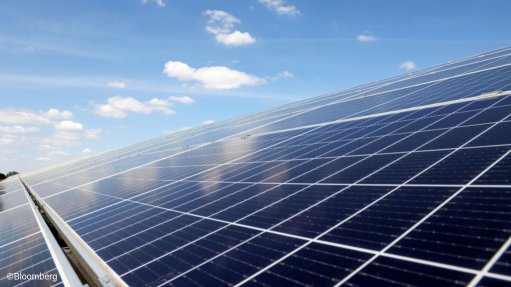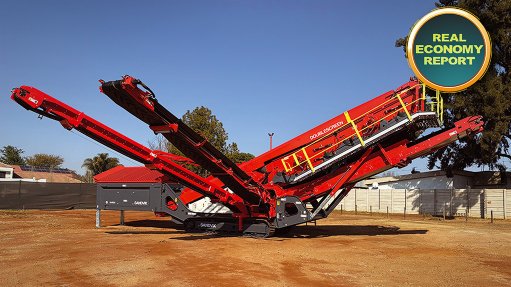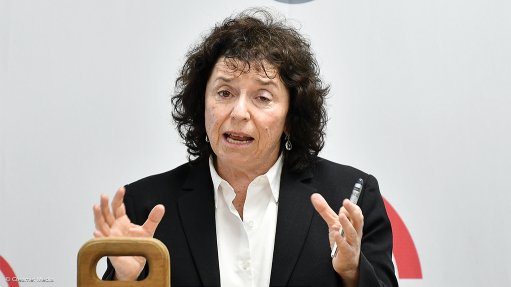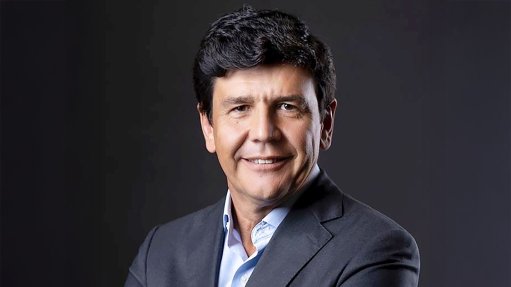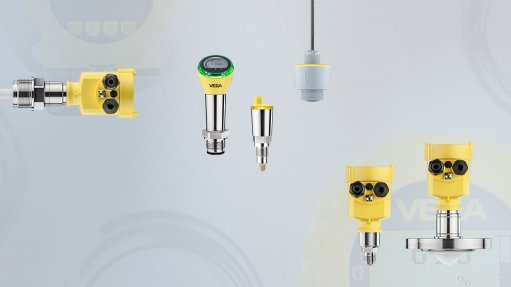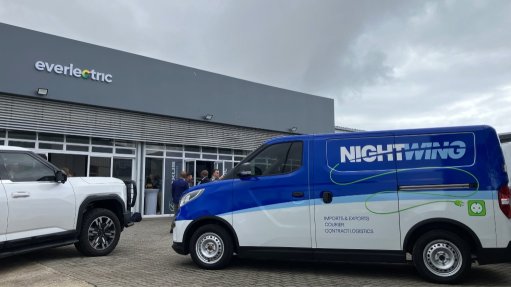Ramakgopa, SAWEA welcome Cabinet’s approval of SAREM

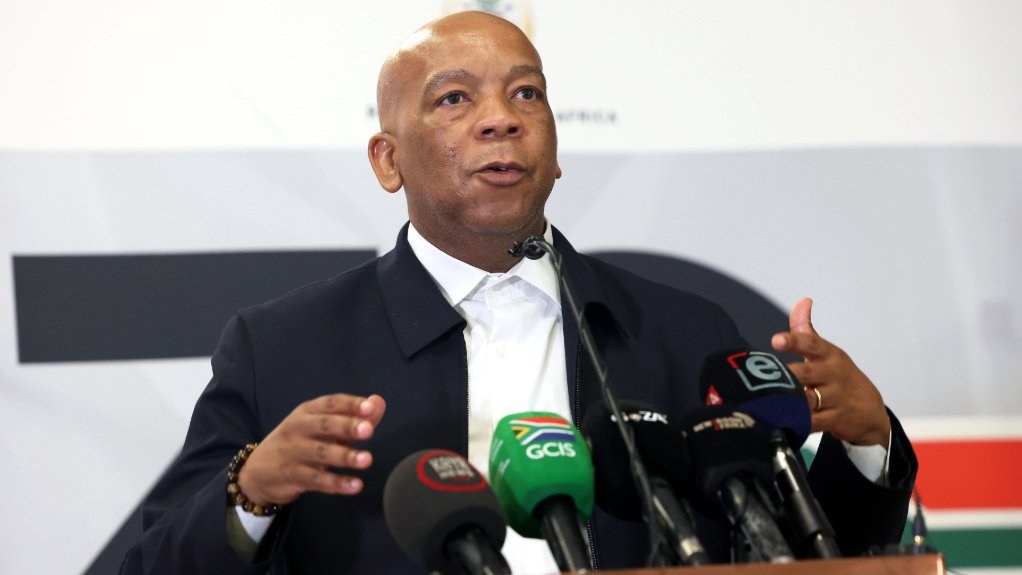

Electricity and Energy Minister Dr Kgosientsho Ramokgopa
SAWEA CEO Niveshen Govender
Electricity and Energy Minister Dr Kgosientsho Ramokgopa and the South African Wind Energy Association (SAWEA) have welcomed Cabinet’s decision this week to approve the South African Renewable Energy Master Plan (SAREM).
“This landmark decision marks a significant milestone in our nation’s journey to sustainable development and green industrial development,” the Ministry says.
SAREM outlines a comprehensive framework designed to facilitate the inclusive industrialisation of the South African renewable energy value chain and battery storage, in support of job creation, economic competitiveness, and low-carbon, reliable and affordable energy supply.
The plan articulates a strategic vision to harness South Africa’s abundant renewable-energy resource, particularly solar and wind, and unlock the full economic potential of the value chain through inclusive, green industrialisation.
“The SAREM is not just a blueprint for green industrialisation, it is a pathway to a more sustainable and equitable future for all South Africans. We have a unique opportunity to lead in the global renewable energy and battery storage landscape, creating jobs and fostering economic growth while protecting our environment,” says Ramokgopa.
Electricity and Energy Deputy Minister Samantha Graham-Maré, who played a pivotal role in the driving the adoption of SAREM, expressed her gratitude to the multitude of stakeholders for their rich and diverse constructions.
The Electricity and Energy Ministry explains that SAREM is underpinned by bold targets and strategic interventions.
This includes increasing the pace of rolling out renewable-energy projects, whereby the plan aims for at least 3 GW to 5 GW of renewable-energy generation to be rolled out annually across market segments to underpin the development of domestic manufacturing capabilities.
Secondly, the master plan outlines a strategy to create more than 25 000 jobs by 2030 through localising the manufacturing of key components such as solar panels, inverters, wind turbine towers, cables and batteries.
Thirdly, the plan supports the establishment of industrial hubs and special economic zones focused on renewable-energy manufacturing and services, along with significant demand- and supply-side support, targeting high levels of local content for key inputs and increasing domestic manufacturing capacity.
By localising the production and supply of renewable-energy and battery storage technologies, the plan will improve the resilience and sustainability of energy supply, the Ministry says.
Lastly, the master plan strives for South Africa’s shift to renewable energy to be inclusive, skills-intensive and aligned with climate commitments, contributing to reduced greenhouse-gas emissions while positioning the country as a competitive clean energy and green industry investment destination.
While the immediate focus will be on implementation, the Ministry describes the master plan as a “living document”, one that will be adapted and updated to accommodate emerging technologies and sectoral priorities.
Beyond wind, solar and battery storage, future iterations of SAREM will consider the integration of additional renewable-energy technologies, including the fast-emerging green hydrogen sector and waste-to-energy solutions.
To build on the momentum created by SAREM and showcase investment opportunities across the renewable-energy and battery storage value chain, the Ministry of Electricity and Energy will host the South African Renewable Energy Expo later this year.
This flagship event will provide a platform to attract both domestic and international investors, highlight local industrial capabilities, and convene technology developers, financiers and policy leaders in support of the plan’s objectives.
These objectives directly support the Government’s Medium-Term Development Plan for 2025 to 2029, particularly the goals of inclusive growth and job creation, reducing poverty, and reindustrialising the South African economy. SAREM’s emphasis on localisation, beneficiation, and supply chain development is key to enabling long-term economic resilience and technological self-sufficiency.
“The approval of this plan is a testament to the collective efforts of government, industry stakeholders, and civil society. We must all work together to ensure its successful implementation and to build a sustainable energy future,” says Ramokgopa.
The Ministry of Electricity and Energy says it will continue to engage with all relevant stakeholders to coordinate implementation, monitor progress and ensure that the SAREM delivers tangible benefits for all citizens.
The full SAREM report will be made available on April 1.
SAWEA
Meanwhile, SAWEA says Cabinet’s approval of the SAREM marks a bold step towards scaling up renewable energy, enhancing storage technologies and boosting local manufacturing – key elements in securing a sustainable energy future.
SAWEA notes that wind energy currently accounts for nearly 40% of the R239-billion invested in renewable energy in South Africa, emphasising its significant role in the country’s energy mix.
The approval of SAREM signals government’s commitment to accelerating the energy transition while strengthening industrial development and job creation in the renewables sector, it expresses.
SAWEA says it remains confident that wind energy will continue to serve as a dynamic and integral part of South Africa’s energy landscape.
“As the country transitions to low-carbon technologies, the shift will impact employment in different ways, including the creation of new green jobs.
“The SAREM is poised to provide a clear roadmap to support demand, drive industrial development, bolster inclusive development, and build the capabilities needed to meet our national energy security goals – ultimately shaping the country’s industrial future through the lens of renewable energy,” says SAWEA CEO Niveshen Govender.
Having contributed to the development of SAREM over the past few years, and with the plan now officially approved, SAWEA says it looks forward to supporting its implementation and accelerating South Africa’s transition to a cleaner, more resilient energy system.
Comments
Press Office
Announcements
What's On
Subscribe to improve your user experience...
Option 1 (equivalent of R125 a month):
Receive a weekly copy of Creamer Media's Engineering News & Mining Weekly magazine
(print copy for those in South Africa and e-magazine for those outside of South Africa)
Receive daily email newsletters
Access to full search results
Access archive of magazine back copies
Access to Projects in Progress
Access to ONE Research Report of your choice in PDF format
Option 2 (equivalent of R375 a month):
All benefits from Option 1
PLUS
Access to Creamer Media's Research Channel Africa for ALL Research Reports, in PDF format, on various industrial and mining sectors
including Electricity; Water; Energy Transition; Hydrogen; Roads, Rail and Ports; Coal; Gold; Platinum; Battery Metals; etc.
Already a subscriber?
Forgotten your password?
Receive weekly copy of Creamer Media's Engineering News & Mining Weekly magazine (print copy for those in South Africa and e-magazine for those outside of South Africa)
➕
Recieve daily email newsletters
➕
Access to full search results
➕
Access archive of magazine back copies
➕
Access to Projects in Progress
➕
Access to ONE Research Report of your choice in PDF format
RESEARCH CHANNEL AFRICA
R4500 (equivalent of R375 a month)
SUBSCRIBEAll benefits from Option 1
➕
Access to Creamer Media's Research Channel Africa for ALL Research Reports on various industrial and mining sectors, in PDF format, including on:
Electricity
➕
Water
➕
Energy Transition
➕
Hydrogen
➕
Roads, Rail and Ports
➕
Coal
➕
Gold
➕
Platinum
➕
Battery Metals
➕
etc.
Receive all benefits from Option 1 or Option 2 delivered to numerous people at your company
➕
Multiple User names and Passwords for simultaneous log-ins
➕
Intranet integration access to all in your organisation









